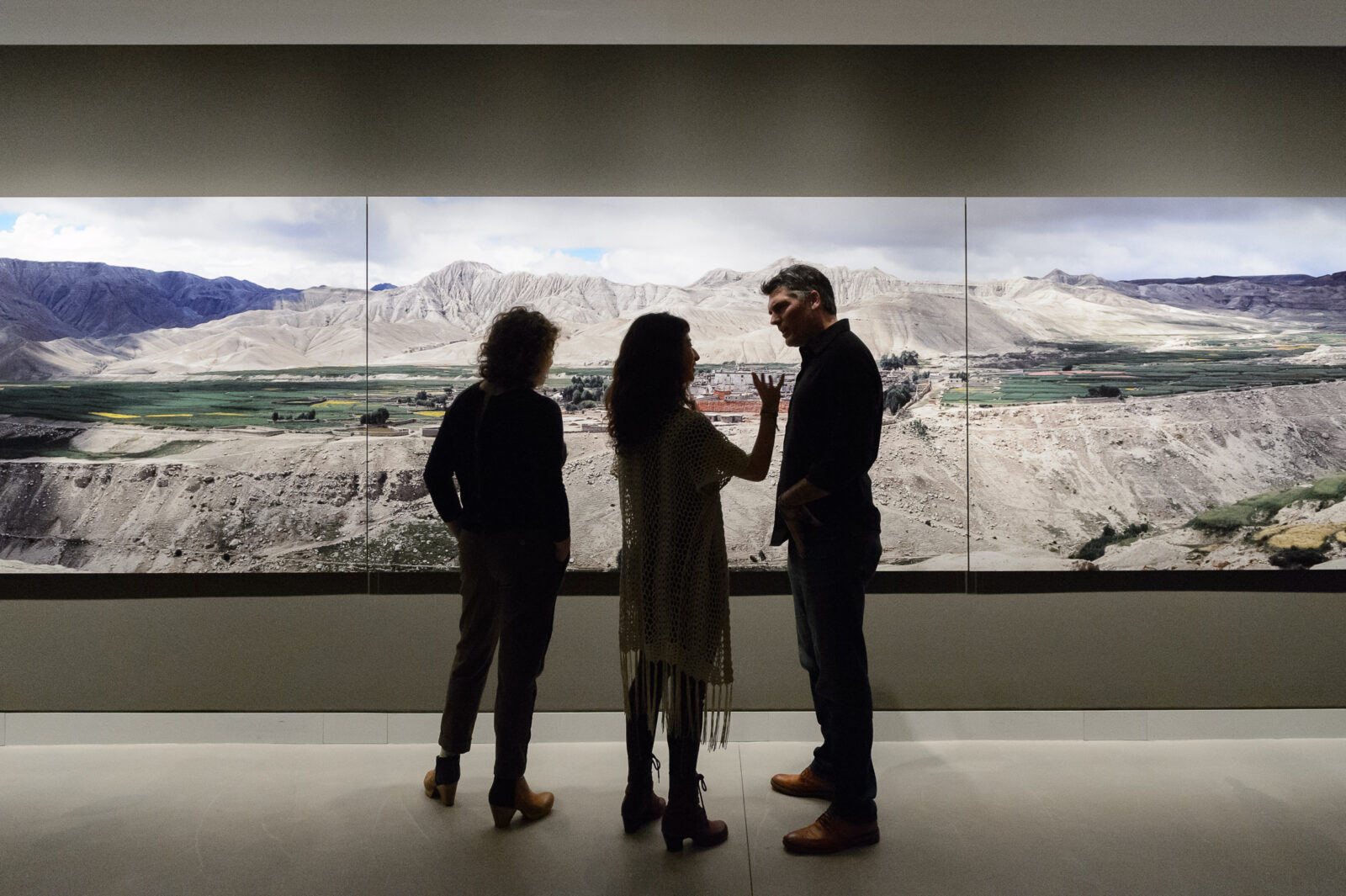



The Rubin’s 70,000-square-foot location in the Chelsea neighborhood once housed Barneys New York. Museum co-founder Donald Rubin was driving across 17th Street one day when he saw a for sale sign in the window. He immediately explored the site and as he walked down the spiraling staircase, he decided that the building was ideal for housing his art collection. Soon, an extensive renovation process was carried out. Much of the building’s original structure and character were retained in the process, most notably the iconic Andree Putman’s steel-and-marble staircase that spirals dramatically through the gallery floors.
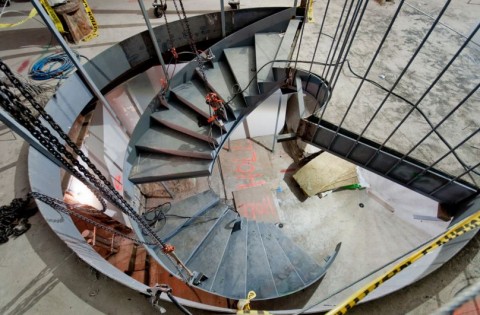
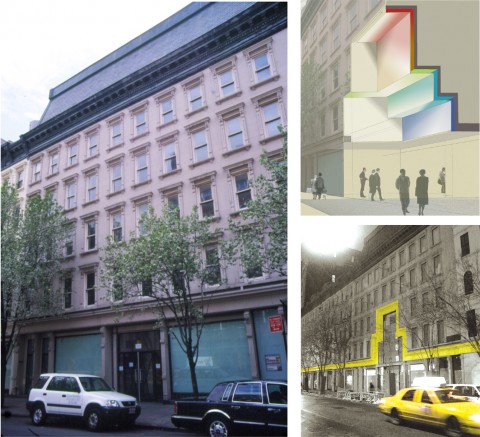
During the building’s renovation, the most significant new design element involved the entrance. Enlarging what was the one-story entrance of Barneys and making it into a three-story mandala-shaped element for the Museum was no small task. The architects and designers knew the importance of a museum’s facade, so they gave the Rubin a triple-height stepping void that foreshadows the space and art within. The architecture of the facade is meant to represent a gateway to Himalayan art.
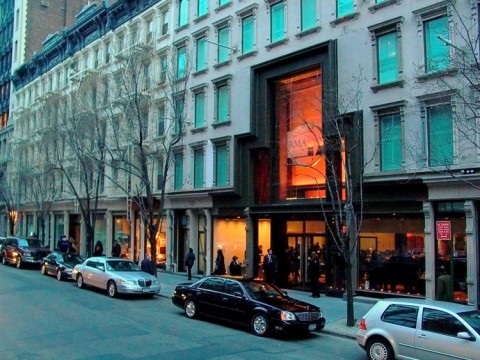
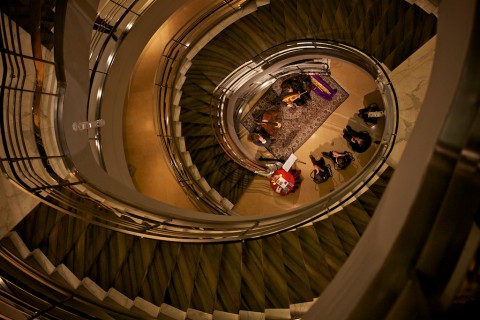
Many temples have 108 steps, and so does the spiral staircase. The number 108 is centrally important and considered sacred in Buddhism. In Tibetan-Buddhism, malas usually have 108 beads, a reflection of the words of the Buddha called in Tibetan Kangyur in 108 volumes. Likewise, in Zen Buddhism, priests wear a ring of prayer beads called juzu consisting of 108 beads. The number is also connected to yoga and other dharma-based practices. In some schools of Buddhism, it is believed that there are 108 feelings. In a Pali text translated by Thanissaro Bhikkhu, this number is reached by multiplying the six senses (smell, touch, taste, hearing, sight, and consciousness) by two kinds of locations (internally generated or externally occurring), three kinds of sensations (pain, pleasure, or neutral), and again by three (for past, present, and future).
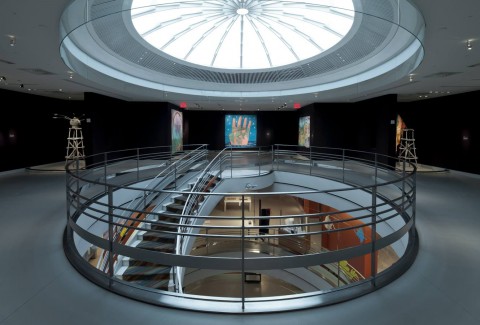
In Buddhism, six is also a sacred number. In the Wheel of Life, or samsara, there are six spheres of existence that all beings are trapped in. The six realms include: the realm of heavenly beings, the realm of asura, the realm of hungry ghosts, the realm of hell, the animal realm, and the human realm.
Get the latest news and stories from the Rubin, plus occasional information on how to support our work.